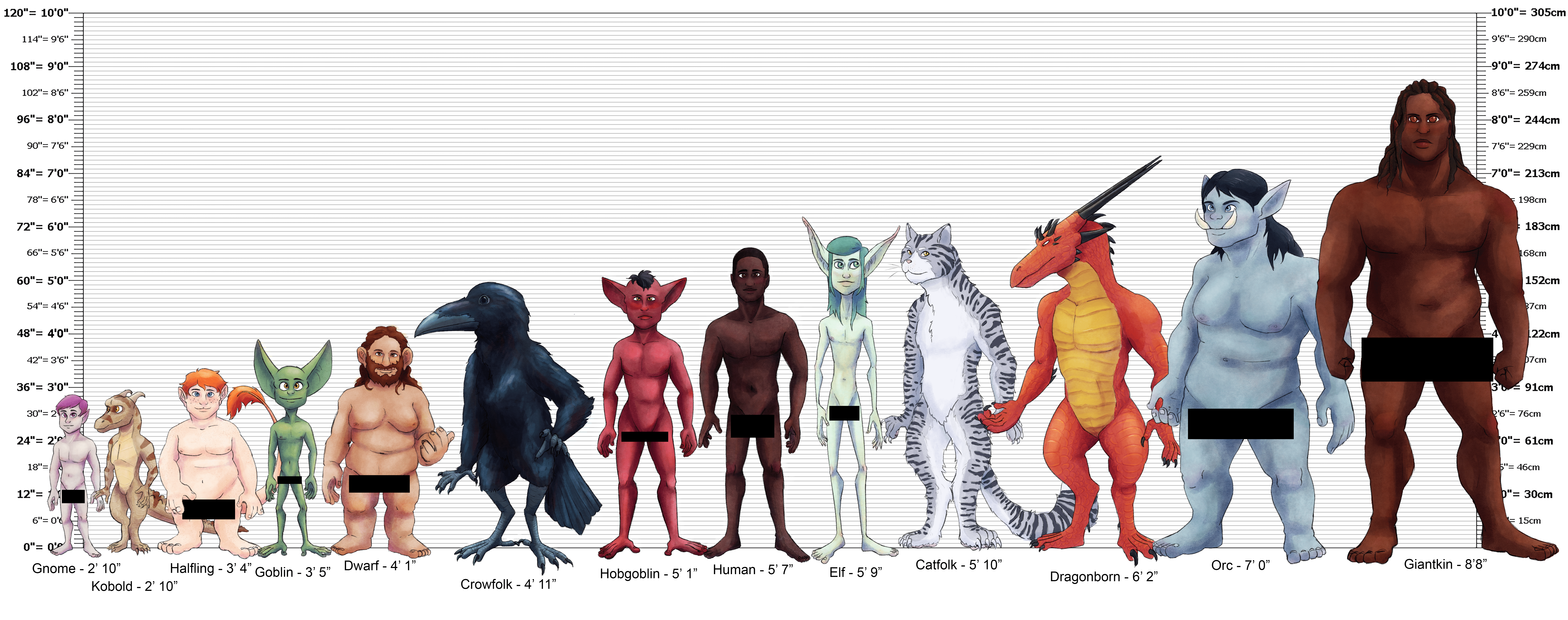Dwarf
There is a saying in Tiratz - "If you want something done, do it yourself. If you want it done right, ask a dwarf to do it."
Industrious, practical, and often loyal to a fault, dwarves are the second most populous race in Ferlausen after humans, and are renowned for their skill with architecture, masonry, and metalwork. Dwarves usually live underground, in intricate living complexes cut from stone, with networks of labyrinthine tunnels connecting different areas. They may stretch many miles below the surface, and this usually results in the dwarves discovering metals and minerals which they then mine and sell to other races.
Dwarves are naturally social and altruistic creatures, willing to defend family, friends, and often complete strangers to the death. A dwarf will very rarely turn away a person in need if they can help out, even at cost or detriment to themselves. This is true across almost all dwarf cultures; the few cultures that promote a competitive or selfish lifestyle often result in dwarves with severely curtailed lifespans, prone to sickness and disease.
However, despite their giving nature, dwarves sometimes have a reputation for greediness, as they are the primary exporters of rare metals and gems, and they know the true value of their work. They generally refuse to sell themselves and their fellows' work short, and will demand payment in accordance with what they have earned.
Basic Information
Anatomy
Nearly all dwarves are capable of growing full beards, including female dwarves. However, in some cultures shaving the beard is common - in some cultures all dwarves do so, and in others only some genders will shave their beards. Dwarves tend to be naturally quite fat, as they tend to live in cold areas and below ground. Both sexes are broad-shouldered and narrow-hipped.
Genetics and Reproduction
Female dwarves have unusually narrow hips for a mammalian species, and because of this their children are generally born quite altricial; hairless and unable to open their eyes or support their limbs. Newborn dwarves require intensive 24-7 care for months after birth; they begin to develop full limb movement at six weeks, and open their eyes at around eight to nine weeks old. In most dwarf cultures, a newborn dwarf is cared for by an extended family including both parents, older siblings, grandparents, aunts and uncles, cousins, neighbors, and family friends.
Growth Rate & Stages
Dwarves reach sexual maturity at around 20 years of age; however, they are not generally considered fully adult in most societies until around the age of 50. Dwarves age quite slowly, only reaching middle age and menopause at around 220 years old, and not becoming elderly until nearly 300. As dwarves age, they tend to gain weight and lose flexibility, which means that very old dwarves may be so fat and stiff that they cannot move without assistance. Among the Hashkarligg dwarves, such an elderly dwarf is proudly referred to as a mapamapa-grishkiev, or "a little stone grandparent."
Ecology and Habitats
Dwarves can be found across the world, but tend to prefer living in mountainous and hilly terrain, especially in areas where precious resources are found. Although they generally live underground, they also grow crops and livestock in the land above their buried cities and villages. Dwarf presence is usually marked by huge expanses of grazing livestock and tiered farming structures, with the occasional elaborate entryway into the sides of hills and mountains.



Comments